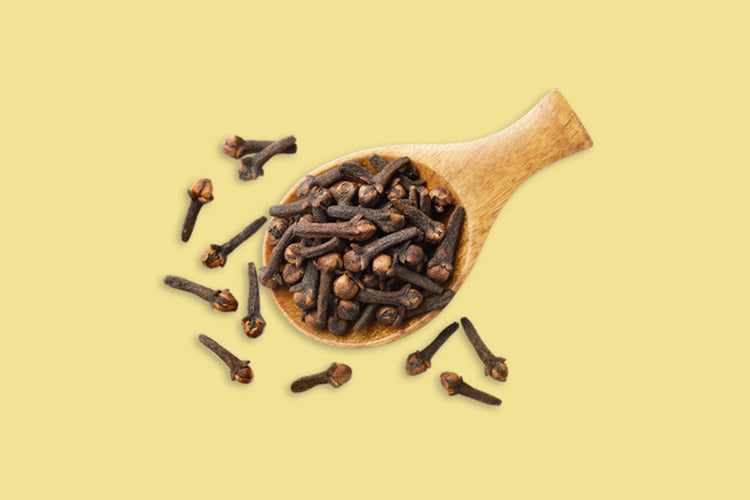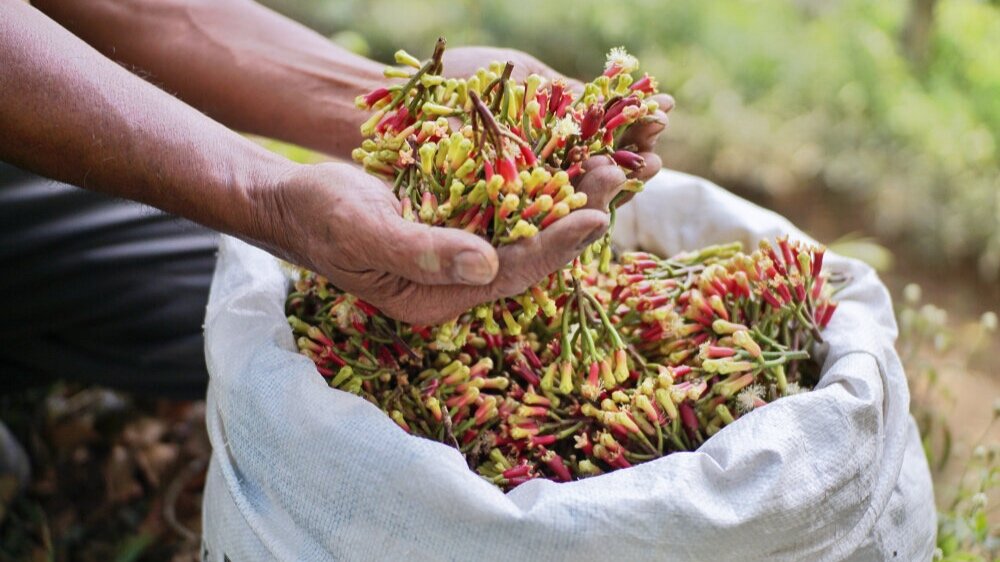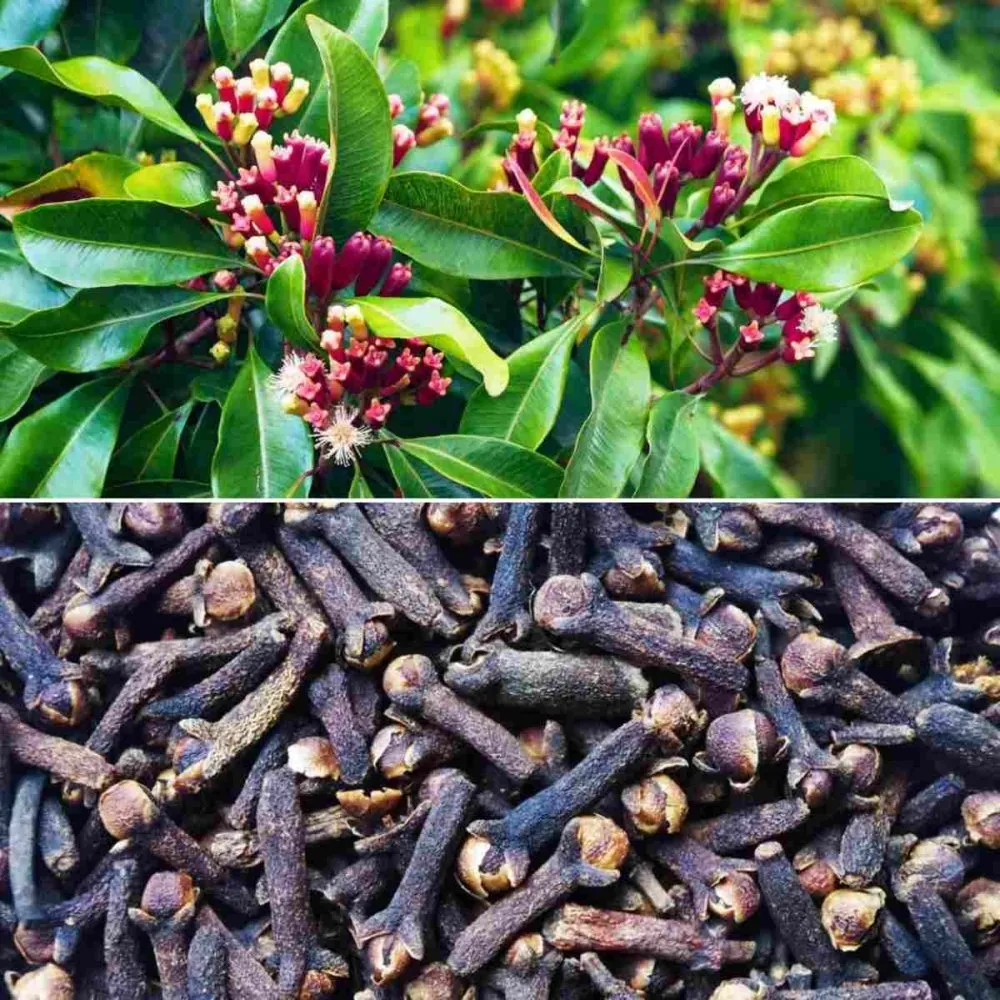How to grow Clove plants at home, Clove, a versatile spice with a rich history and distinctive flavor, adds depth and aroma to a wide range of culinary dishes and beverages. While commonly associated with tropical regions, clove plants can also thrive in home gardens, providing an abundant supply of fresh cloves for culinary and medicinal purposes. In this comprehensive guide, we’ll explore the step-by-step process of growing clove plants at home, from selecting the right seeds to harvesting and beyond. Let’s embark on a journey from seed to spice and unlock the secrets of growing clove plants in your garden.

Understanding Clove Plants:
How to grow Clove plants at home, Clove (Syzygium aromaticum) is a tropical evergreen tree native to the Moluccas (or Spice Islands) of Indonesia. It belongs to the Myrtaceae family and is valued for its aromatic flower buds, which are harvested and dried to produce cloves—a popular spice used in cuisines around the world. Clove plants thrive in warm, humid climates with well-drained soil and partial shade, making them suitable for cultivation in subtropical and tropical regions.
Selecting Clove Seeds:
When growing clove plants at home, it’s essential to start with high-quality seeds sourced from reputable suppliers or nurseries. Look for seeds that are fresh, plump, and free from signs of damage or disease. While clove seeds can be challenging to find commercially, they may be available through specialty spice shops, online retailers, or botanical gardens that specialize in tropical plants.
Preparing the Growing Environment:
Clove plants require specific growing conditions to thrive, including warm temperatures, high humidity, and well-drained soil with a slightly acidic to neutral pH. Before planting, prepare the growing environment by selecting a suitable location with partial shade and shelter from strong winds. Amend the soil with organic matter, such as compost or aged manure, to improve its texture and fertility.

How to Grow Clove Plants at Home, Planting Clove Seeds:
Clove seeds are best sown directly into the ground or in large containers, as they have a delicate root system that can be damaged during transplanting. Plant the seeds in well-prepared soil at a depth of approximately 1/2 inch, spacing them 8 to 10 feet apart to allow for proper growth and development. Water the seeds thoroughly after planting and keep the soil consistently moist but not waterlogged.
Caring for Clove Plants:
Once established, clove plants require regular care to ensure healthy growth and development. Provide consistent moisture, especially during dry periods, and mulch around the base of the plants to conserve moisture and suppress weeds. Fertilize clove plants annually in the spring with a balanced fertilizer to promote vigorous growth and abundant flowering.
:max_bytes(150000):strip_icc()/growing-clove-trees-5089231-01-05c2758d2e894df284d9399c57411559.jpg)
Pruning and Training:
Pruning is essential for maintaining the shape and structure of clove plants and promoting optimal fruit production. Remove dead, diseased, or damaged branches as needed, and prune the plants to maintain an open canopy and improve air circulation. You can also train young clove plants to a central leader or desired shape to encourage upward growth and maximize fruit-bearing potential.
Protecting Against Pests and Diseases:
While relatively pest and disease-resistant, clove plants may occasionally encounter issues such as aphids, scale insects, or fungal infections. Monitor the plants regularly for signs of pests or disease, and take appropriate measures to control them if necessary. This may include using insecticidal soaps, neem oil, or organic fungicides to manage pests and maintain plant health.
Harvesting Cloves:
Clove plants typically begin flowering and producing flower buds after three to five years of growth. Harvest the flower buds when they reach their maximum size and are still tightly closed but showing a slight blush of color. Use sharp pruning shears or scissors to carefully cut the flower buds from the plant, taking care not to damage the surrounding foliage or stems.

Drying and Storing Cloves:
After harvesting, dry the clove buds immediately to preserve their flavor and aroma. Spread the flower buds in a single layer on a clean, dry surface, such as a wire rack or screen, and place them in a warm, well-ventilated area away from direct sunlight. Allow the cloves to dry completely for several days to a week, depending on the humidity levels in your area. Once dry, store the cloves in airtight containers in a cool, dark place to maintain their freshness and potency.
Using Cloves in Cooking and Medicine:
Clove is a versatile spice with a wide range of culinary and medicinal uses. In cooking, cloves add warmth and depth to savory dishes, desserts, and beverages, such as curries, baked goods, mulled wine, and chai tea. Medicinally, cloves are valued for their analgesic, antimicrobial, and anti-inflammatory properties and are used to alleviate toothaches, sore throats, and digestive issues.
:max_bytes(150000):strip_icc()/GettyImages-1144769011-28ed184dd64e4f56813b91f6c6ca5eef.jpg)
How to grow Clove plants at home, Growing clove plants at home is a rewarding and fulfilling endeavor that allows you to experience the magic of cultivating your own spices from seed to spice. By selecting high-quality seeds, preparing the growing environment, planting with care, and providing proper care and maintenance, you can enjoy a bountiful harvest of fresh cloves for culinary and medicinal purposes. Whether used in cooking, medicine, or aromatherapy, cloves are sure to add warmth, flavor, and aroma to your home and garden.

